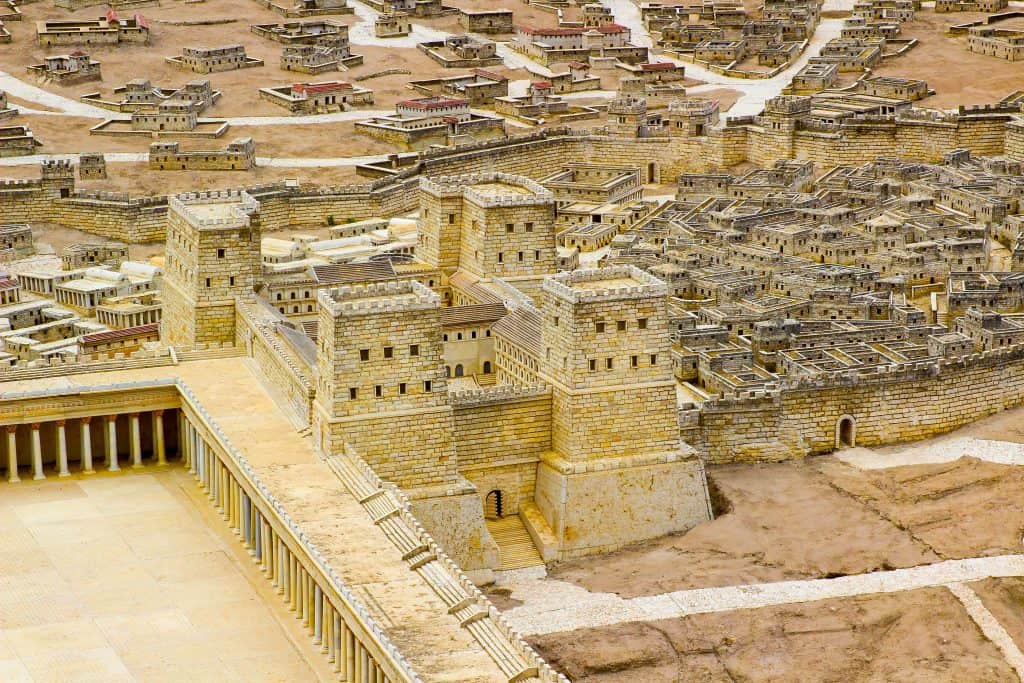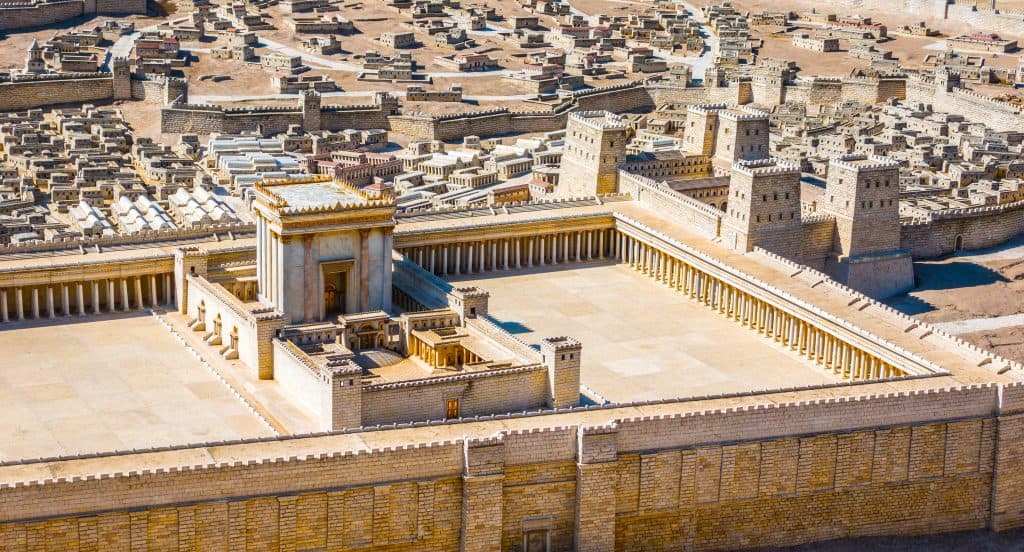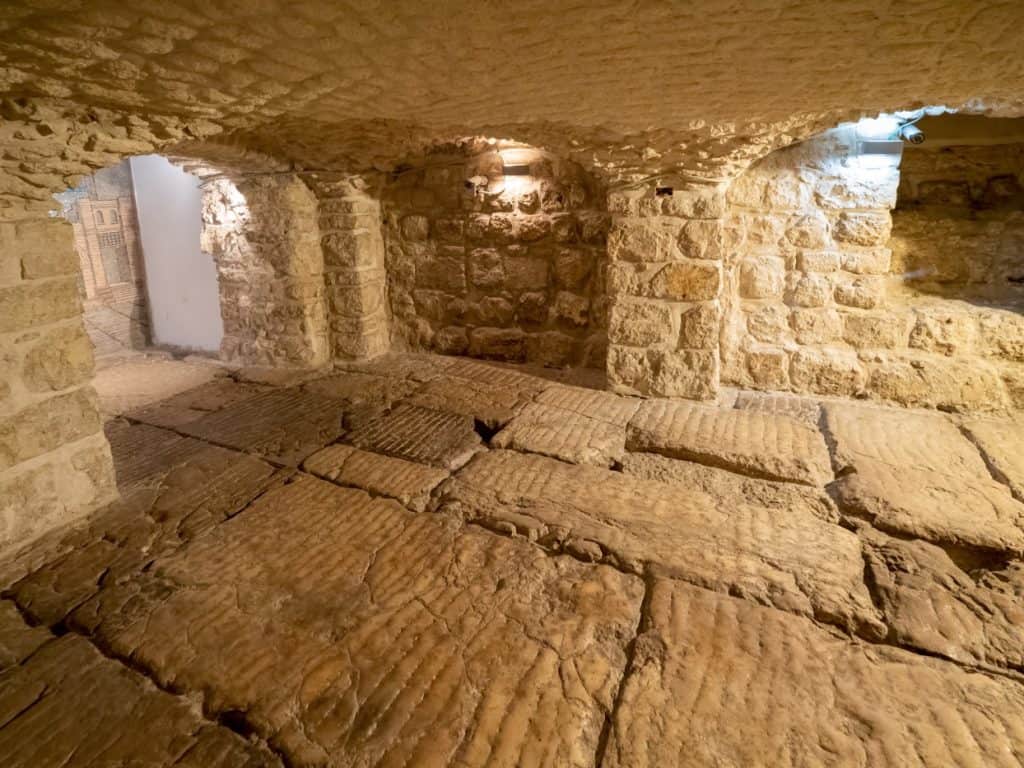The Antonia Fortress, was a fortification located in Jerusalem during the time of the Second Temple. The fortress was built by King Herod the Great in the 1st century BCE as part of his extensive construction projects in the city.

The Antonia Fortress was strategically located on the northeastern corner of the Temple Mount and overlooked the Temple courts. Its primary purpose was to provide a military garrison for the Roman troops stationed in Jerusalem to maintain order and quell any potential uprisings during religious festivals. The fortress was named by Herod the Great to honor Mark Antony, the ruler of the Eastern Roman Empire, who gave it to Herod as a gift in recognition of his support during the Roman civil war.
The Ultimate Guide Touring Jerusalem In A Day

Furthermore, the Antonia Fortress was one of the region’s most impressive military structures, featuring walls up to 50 feet high and four towers at each corner. The fortress played a significant role in the events leading up to the destruction of the Second Temple in 70 CE. In 66 CE, Jewish rebels overpowered the Roman garrison stationed at the Antonia Fortress and seized control of the Temple Mount. This event marked the beginning of the First Jewish-Roman War.

The Roman legions, led by General Titus, besieged Jerusalem in 70 CE, and after a fierce battle, they breached the walls and captured the city. The Antonia Fortress played a critical role in the final assault, serving as a base for the Roman siege engines that battered the Temple walls. Today, little remains of the Antonia Fortress, as it was destroyed during the siege of Jerusalem. The site is now part of the Haram al-Sharif complex and is located just north of the Dome of the Rock.
The Antonia Fortress in Christian Tradition
Traditionally, Christians have believed for centuries that the vicinity of the Antonia Fortress was the site of Pontius Pilate’s praetorium, where Jesus was tried for high treason. This was based on the assumption that an area of Roman flagstones discovered beneath the Church of the Condemnation and the Convent of the Sisters of Zion was ‘the pavement’ John 19:13 describes as the location of Jesus’ trial.

In conclusion, the Antonia Fortress was a formidable military structure that played a pivotal role in the history of Jerusalem. It served as a symbol of Roman power and authority and was the site of some of the most significant events in the city’s history. Although little remains of the fortress today, its legacy remains a reminder of the turbulent times that shaped the region.

